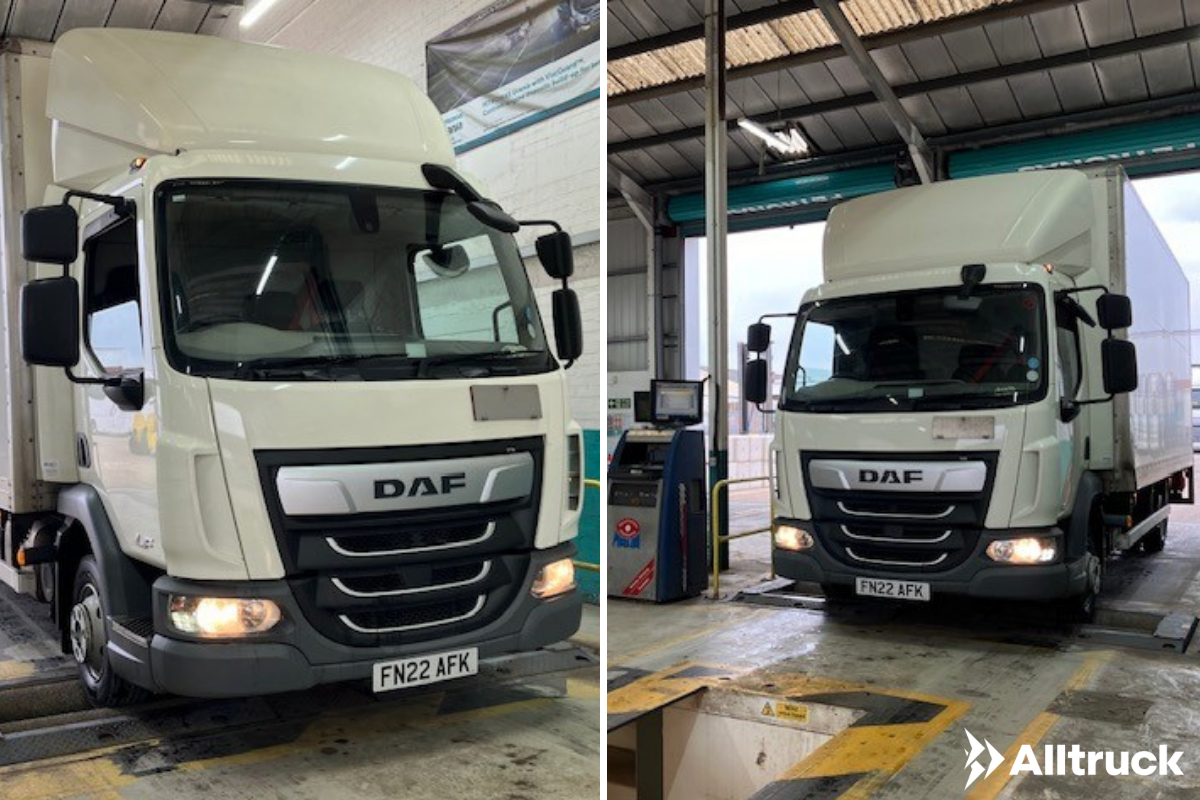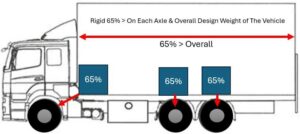
From April 2025, the DVSA is introducing new best practices for brake testing in vehicles over 3500kg Gross Vehicle Weight (GVW) that require an Operator’s License. These updates will bring Laden Brake Roller Tests (also known as Meaningful Brake Tests or MBTs) or the use of Electronic Braking Performance Monitoring Systems (EBPMS) to the forefront of safety inspections. This change will help ensure more accurate braking assessments under real-world driving conditions. As per the updated guidance from the Guide to Maintaining Roadworthiness.
What’s Changing?
Currently, HGVs undergo roller brake tests (RBTs) during safety inspections to assess braking efficiency. However, this method may not fully reflect braking performance when vehicles are loaded. To close this gap, the DVSA is proposing that brake tests be conducted with the vehicle fully laden, which will give a more accurate reading of braking performance.
What is Laden Brake Testing?
Laden Brake Testing evaluates the performance of a vehicle’s braking system when it is carrying a full load. This is more accurate than unladen tests, as braking performance can vary significantly when a vehicle is loaded. By performing these tests, operators can identify brake issues that may not be noticeable during unladen tests.
Key Takeaways from the New Guidelines

Why It Matters
By adopting these changes, operators can stay ahead of safety requirements, ensuring their fleets are safer and better maintained. Preventative maintenance through accurate brake testing can save time, money, and prevent costly mechanical failures down the line.

What’s Next for Fleet Operators?
To comply with these changes, you’ll need to ensure your vehicles are fully equipped for the new testing procedures. If you’re unsure about your current maintenance schedule or how to implement these new tests, Alltruck are here to help you every step of the way.
Remember, these changes might seem overwhelming, but once implemented, they’ll significantly enhance the safety of your fleet and ensure compliance with the updated regulations.
If you require further information or guidance on how these news changes effect your fleet, please get in touch on enquiries@alltruckplc.co.uk